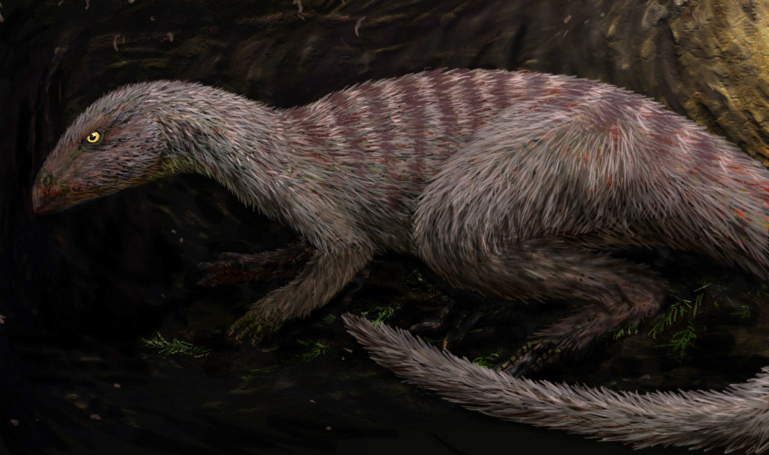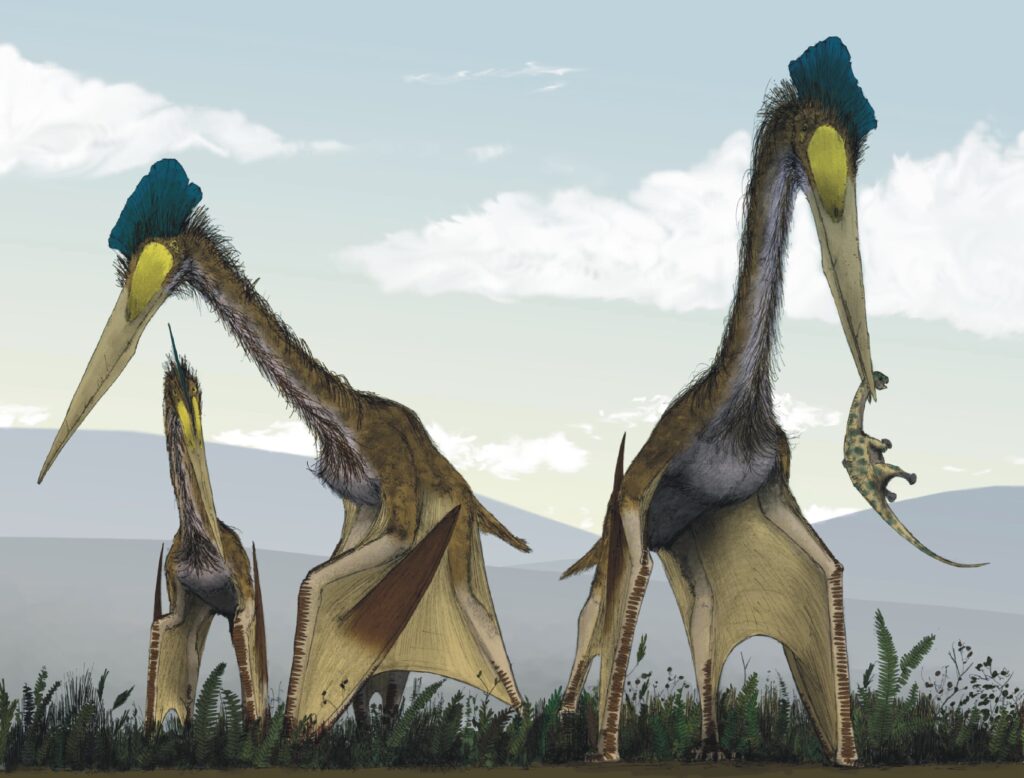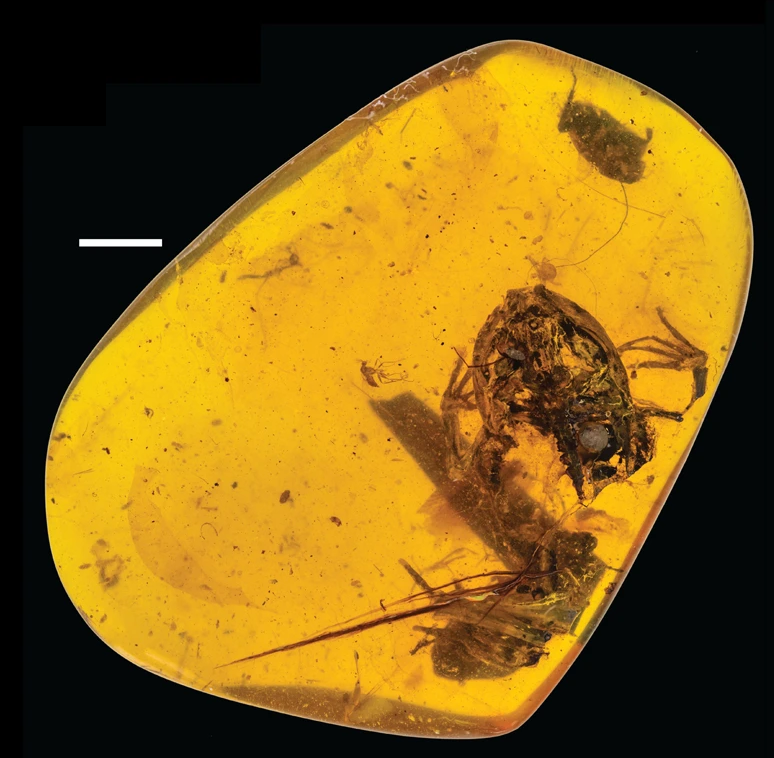Can you imagine gigantic creatures with razor-sharp claws not hunting prey, but instead spending their days digging cozy underground homes? This might sound like something from a fantasy movie, yet scientists have discovered dinosaurs did exactly . These remarkable burrowing dinosaurs challenge everything we thought we knew about how these ancient giants lived their lives.
The story of tunnel-digging dinosaurs reads like a detective novel. For decades, paleontologists had been puzzled by strange fossilized burrows found across North America. Then came the breakthrough discovery changed everything.
The Mystery of the Montana Burrow
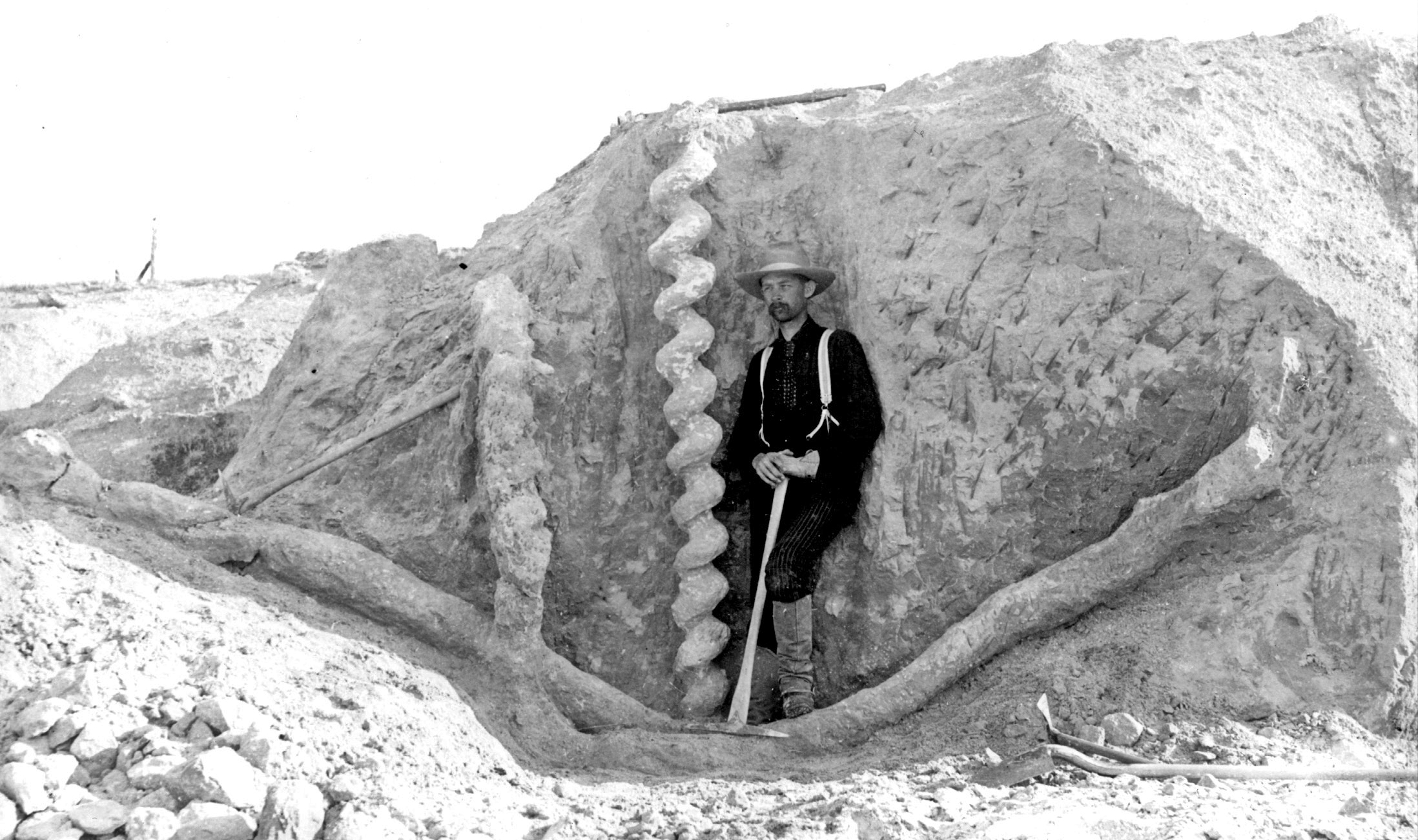
Scientists made a stunning discovery in the mid-Cretaceous Blackleaf Formation of southwest Montana when they found skeletal remains of an adult and two juveniles tucked into a fossilized chamber at the end of a sediment-filled burrow. This wasn’t just any ordinary fossil find.
The skeletons of adults and juveniles of Oryctodromeus were first discovered in a sand-filled tunnel that cut through mudstone layers, with roughly two meters long and two 90-degree bends to the left and right near the middle. The precision of these burrows suggested they weren’t made by accident or flood damage.
Meet Oryctodromeus: The Original Tunnel Digger
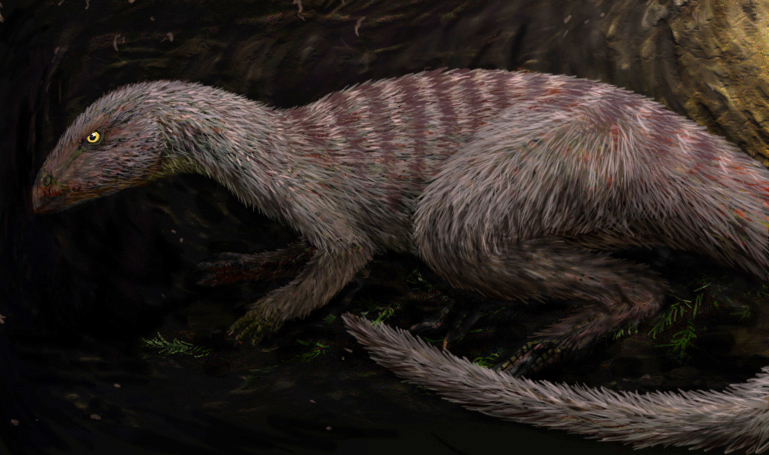
The newly named species of dinosaur, Oryctodromeus cubicularis, means “digging runner of the lair,” in reference to its presumed lifestyle. This wasn’t just a fancy name chosen randomly.
The adult Oryctodromeus itself measured 2.1 meters long and would have weighed about 22-32 kilograms, while researchers estimated that the herbivorous dinosaur was about seven feet long, including a 1.25-meter tail. Think of it as roughly the size of a large dog, but with the engineering skills of a construction worker.
The paleontologists realized the strong and muscular arms and shoulders were adapted for digging, while an extra pelvis-backbone connection helped strengthen the hips while digging with the hindlimbs.
Built for Burrowing
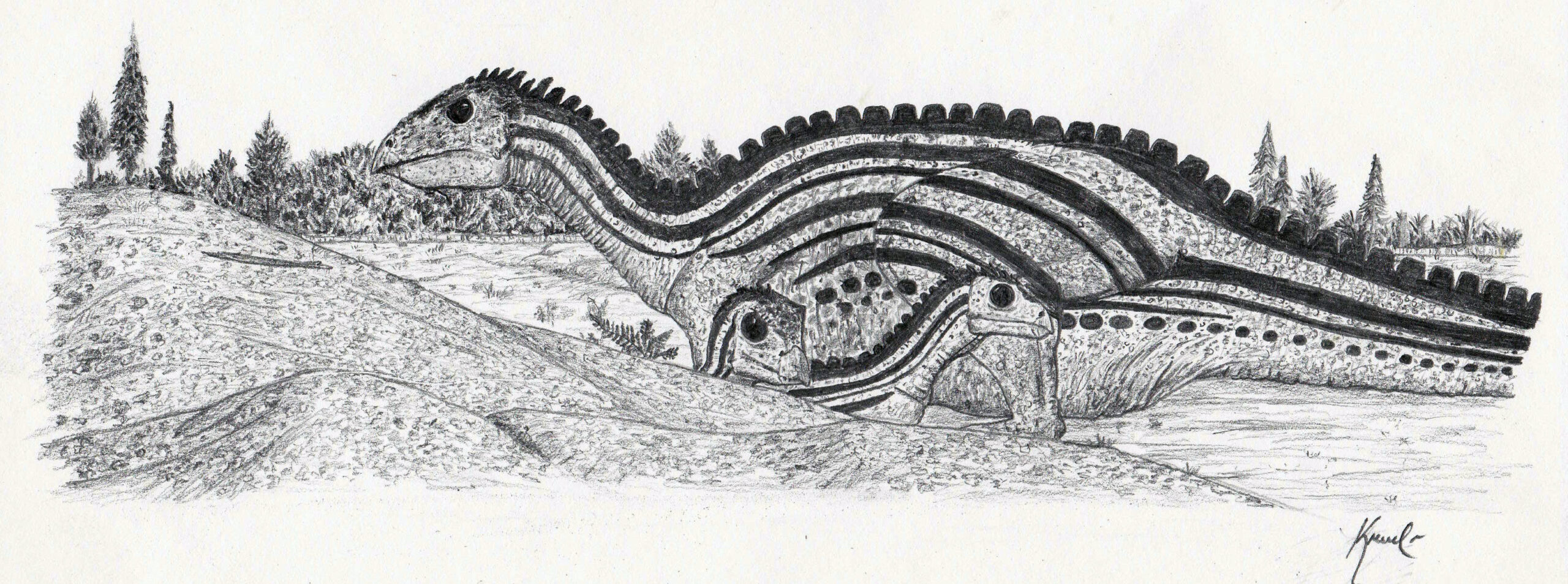
Oryctodromeus exhibits features of the snout, shoulder girdle and pelvis consistent with digging habits while retaining cursorial hindlimb proportions. These weren’t random anatomical quirks.
It was comparable to, but somewhat more specialized for digging than animals that both run and burrow today, like aardwolves, cavies, hyenas, and rabbits. Because it was a biped, it could have a more modified forelimb without affecting its ability to run. Nature had crafted the perfect balance between speed and digging ability.
The burrow itself tells an incredible story. The burrow is similar to those made by hyenas and puffins today, filled with sand, and the resulting sandstone stands out against the surrounding mudstone and claystone, with two turns in the preserved burrow section.
Family Life Underground
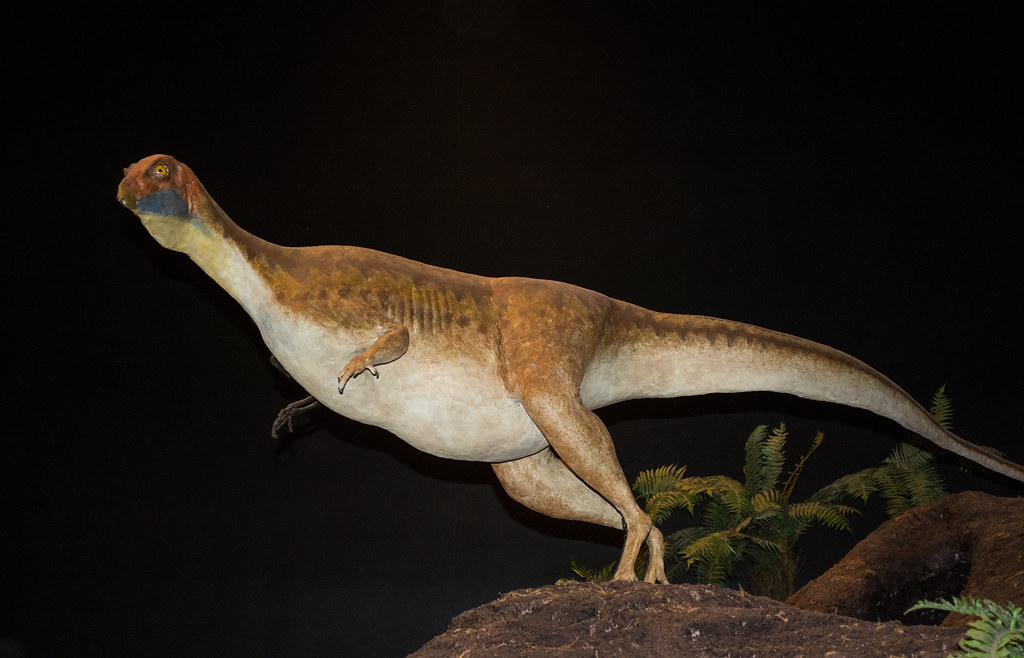
Association of adult and young within a terminal chamber provides definitive evidence of extensive parental care in the Dinosauria. This discovery revolutionized our understanding of dinosaur family dynamics.
The presence of juveniles with the adult suggests parental care, and that at least one motivation for burrowing was to rear the juveniles, with the size of the juveniles suggesting an extended period of parental care. These weren’t just hiding spots, but nurseries where dinosaur families spent quality time together.
The burrow likely protected the adult and young Oryctodromeus from predators and harsh environmental conditions, with dimensions only slightly larger than the skeletal remains of the adult, making it difficult for relatively large predators to enter the tunnel.
The Second Tunnel Digger Emerges
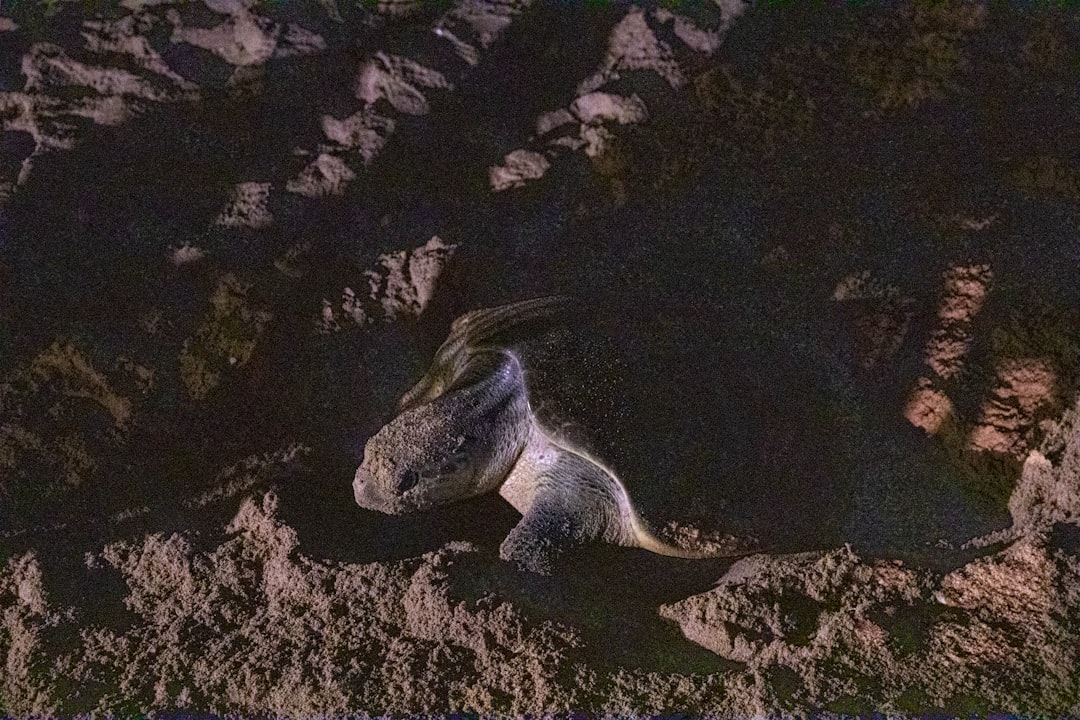
Fona herzogae was a small dinosaur about the size of a dog that lived underground 99 million years ago, making it one of the few known burrowing dinosaurs, and researchers said this newly discovered species spent at least part of its life below ground, in burrows. The discovery happened much more recently than you might expect.
Some 99 million years ago, a dog-sized dinosaur retreated to its burrow in a large floodplain between an inland ocean and volcanoes in what is now Utah, and many ages later, in 2013, researchers from North Carolina State University and North Carolina Museum of Natural Sciences began uncovering these bones.
Fona shares several anatomical features with animals known for digging or burrowing, such as large bicep muscles, strong muscle attachment points on the hips and legs, fused bones along the pelvis – likely to help with stability while digging – and hindlimbs that are proportionally larger than the forelimbs.
The Preservation Mystery Solved
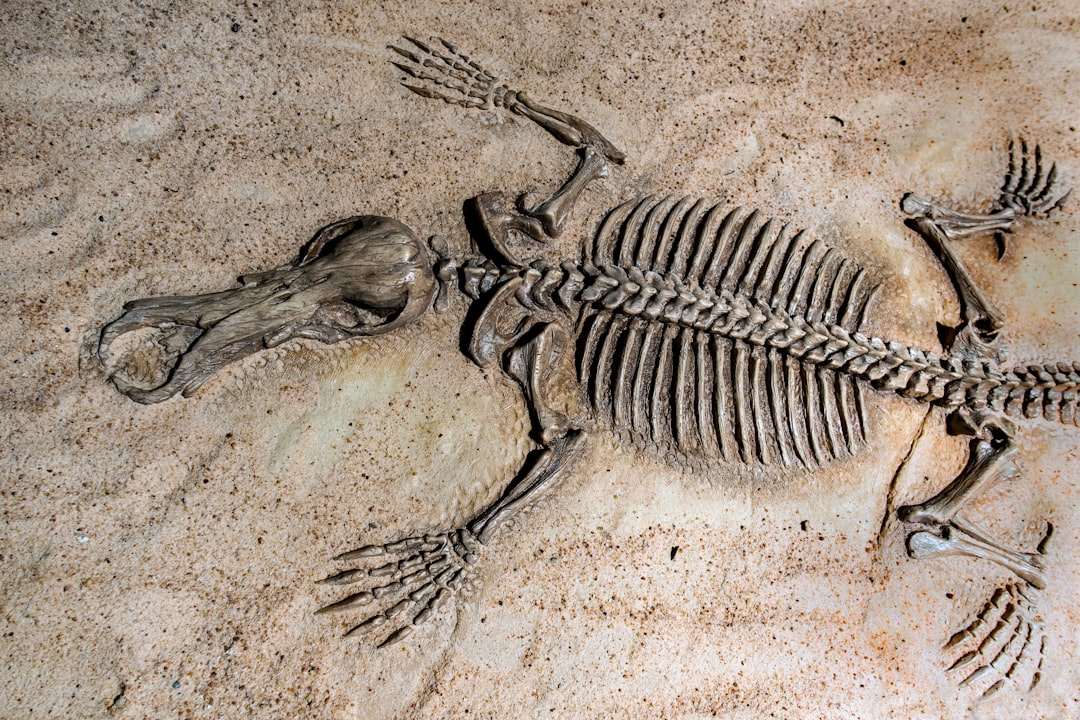
Fona is often found complete, with many of its bones preserved in the original death pose, chest down with splayed forelimbs, and in exceptionally good condition, and if it had already been underground in a burrow before death, it would have made this type of preservation more likely. This exceptional preservation wasn’t just luck.
Fona skeletons are way more common in this area than we would predict for a small animal with fragile bones, and the best explanation for why we find so many of them, and recover them in small bundles of multiple individuals, is that they were living at least part of the time underground. Essentially, Fona did the hard work for us, by burying itself all over this area.
Survival Through Underground Living
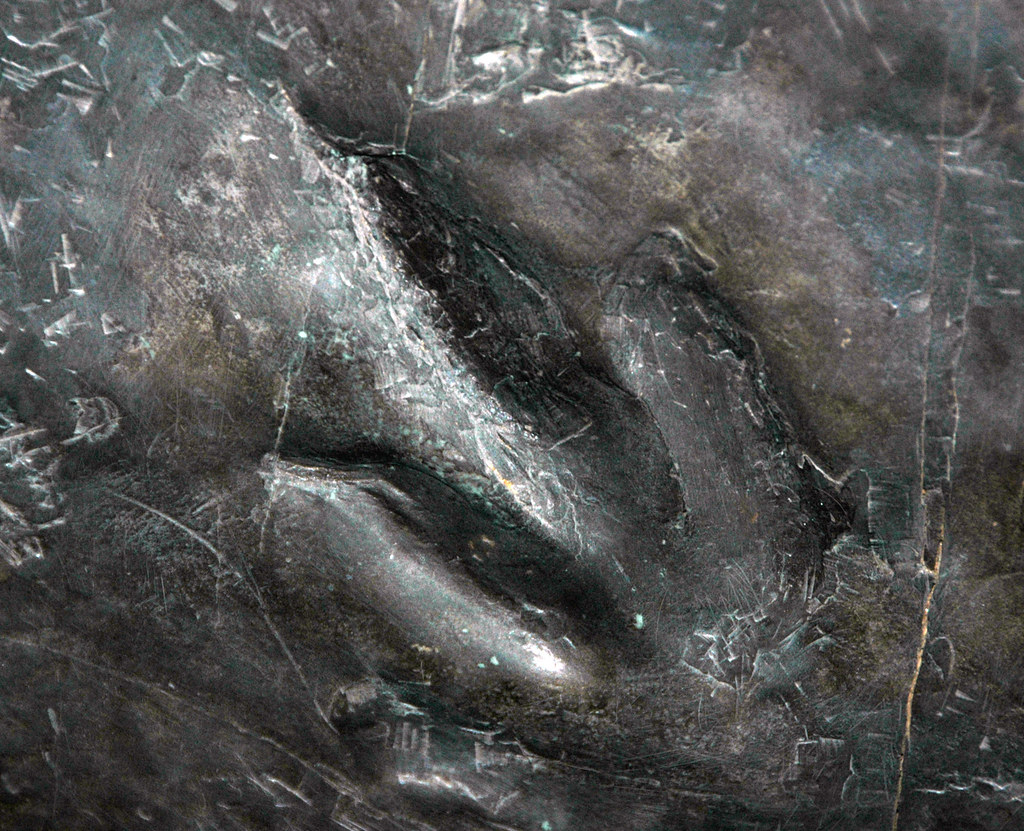
By denning, small dinosaurs could have potentially withstood severe conditions, such as aridity, drought and daily or seasonal temperature extremes, and such behaviour would have allowed dinosaurs to occupy high mountains, desert environments and polar regions. Burrowing wasn’t just about hiding from predators.
As with modern vertebrate cursors that dig, burrowing in Oryctodromeus may have been an important adaptation for the rearing of young, and burrowing also represents a mechanism by which small dinosaurs may have exploited the extreme environments of polar latitudes, deserts and high mountain areas. These dinosaurs had discovered the ultimate survival strategy.
The ability among dinosaurs to find or make shelter may contradict some scenarios of the Cretaceous-Paleogene impact event. This could explain how some creatures survived when others perished.
The discovery of burrowing dinosaurs has completely changed our perspective on these ancient creatures. They’re the only lineage of dinosaurs known to live in underground burrows, and while several kinds of small-bodied mammals like rabbits, prairie dogs, and meerkats live in burrows with family members today, so far orodromines are the only known dinosaurs with a similar lifestyle.
These tunnel-digging dinosaurs prove that not all prehistoric giants lived their lives above ground. Some chose the quieter, safer world beneath our feet, raising families and weathering storms in carefully constructed underground homes. What do you think about these underground architects? Tell us in the comments.

